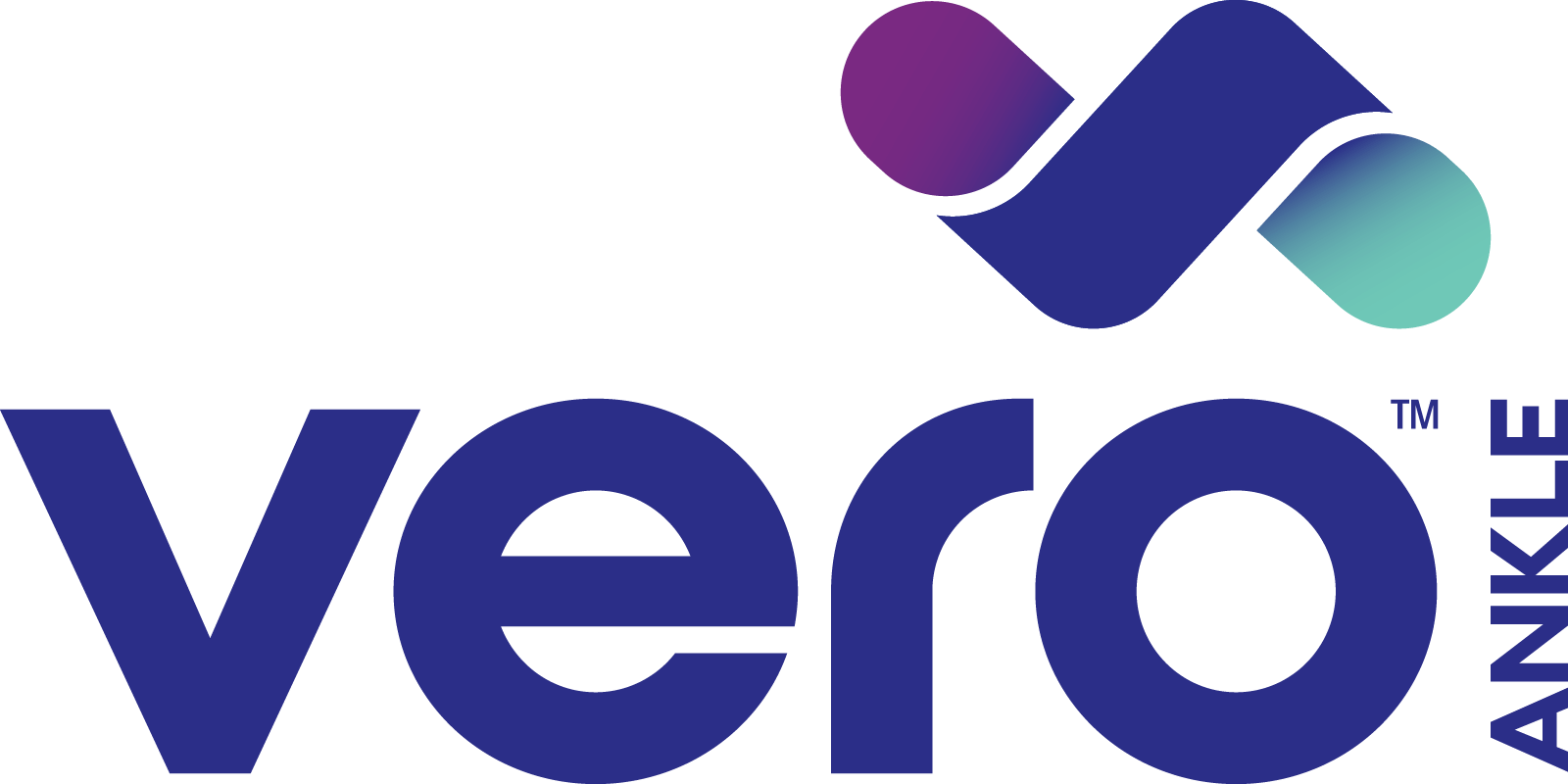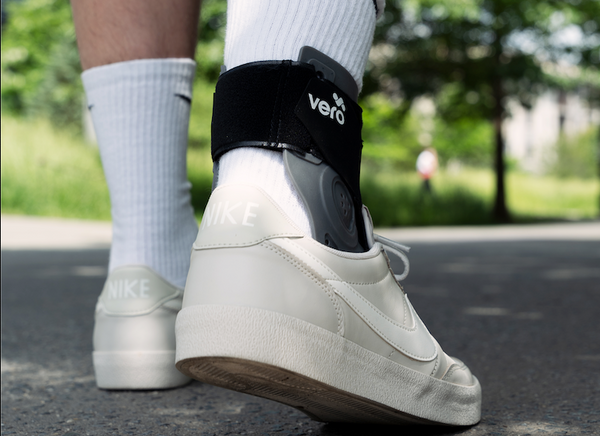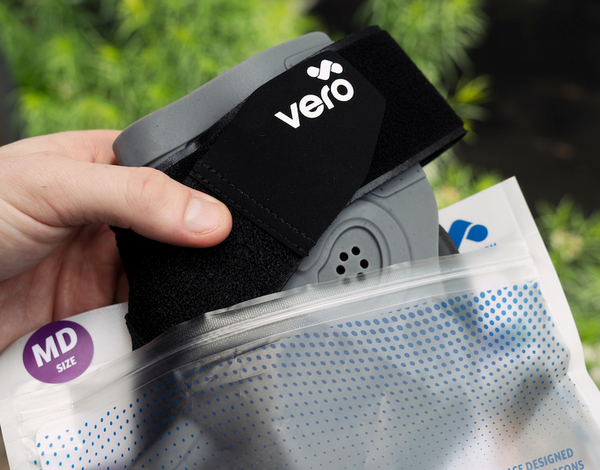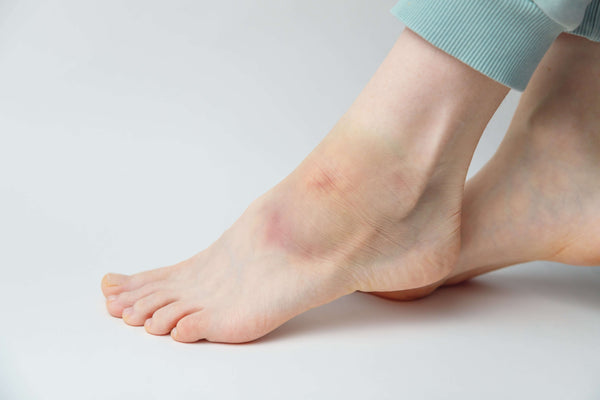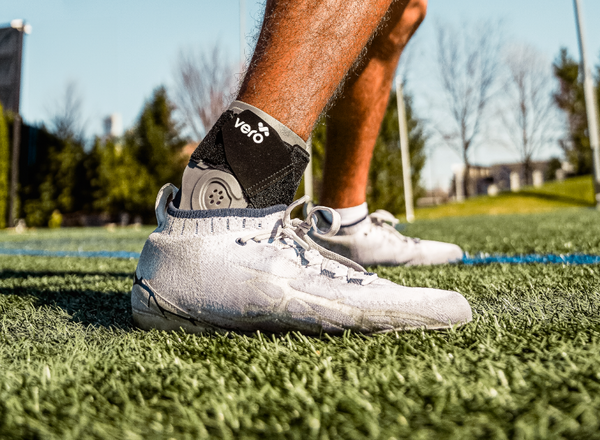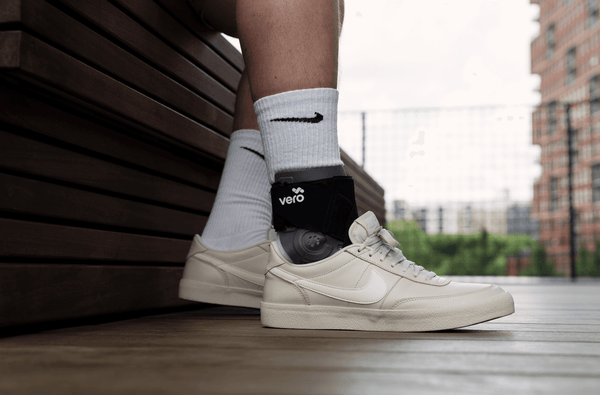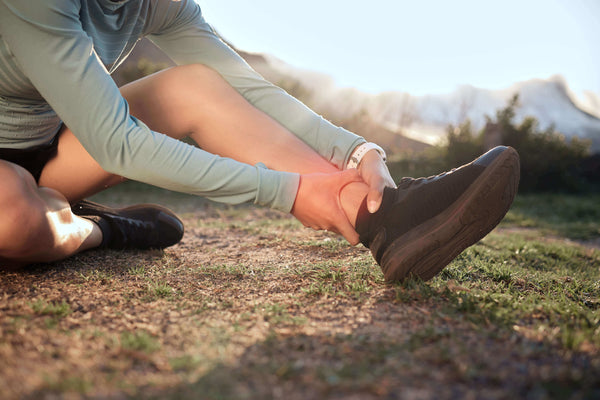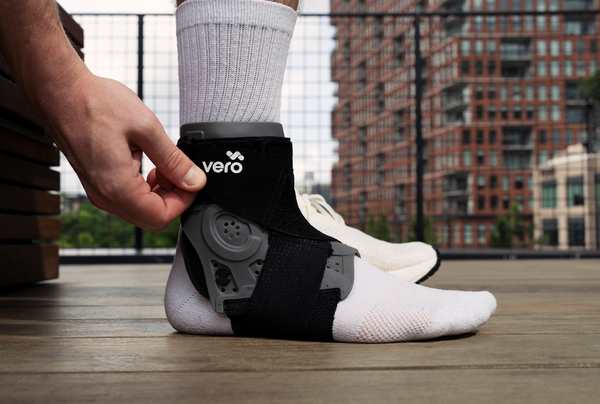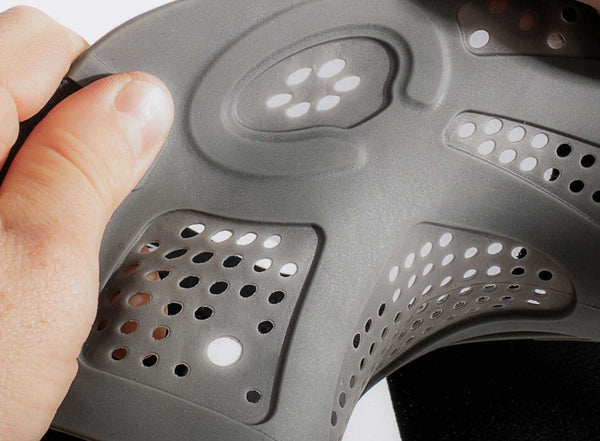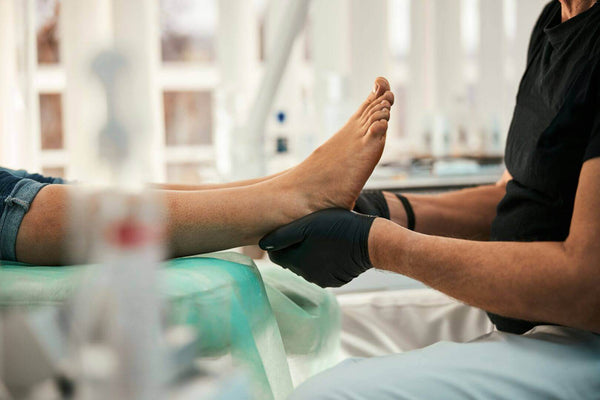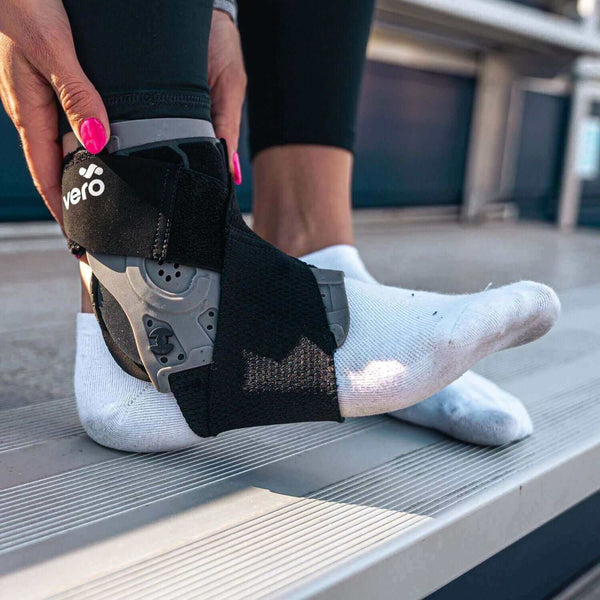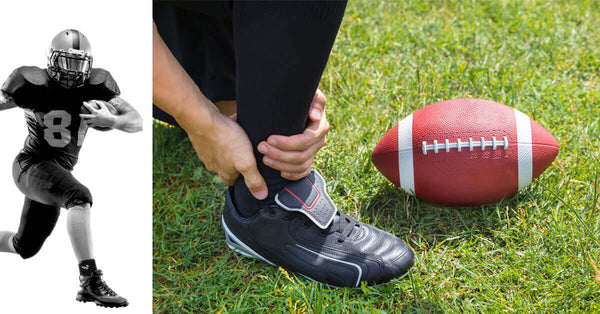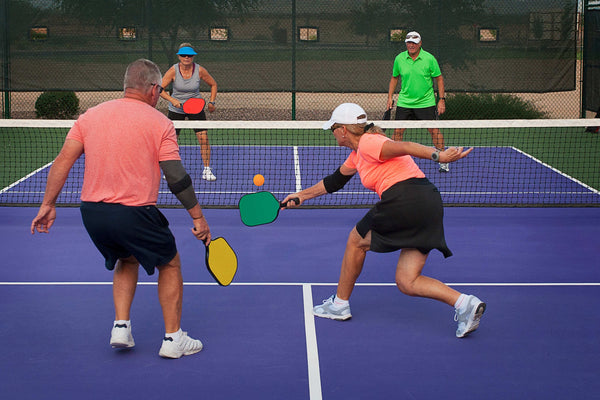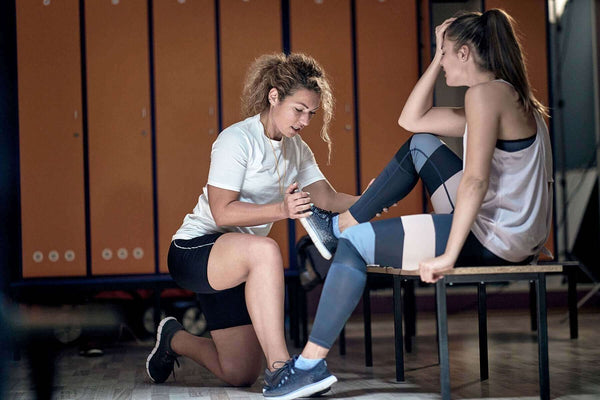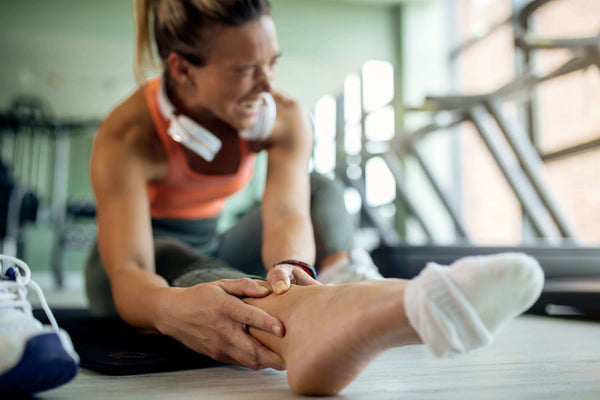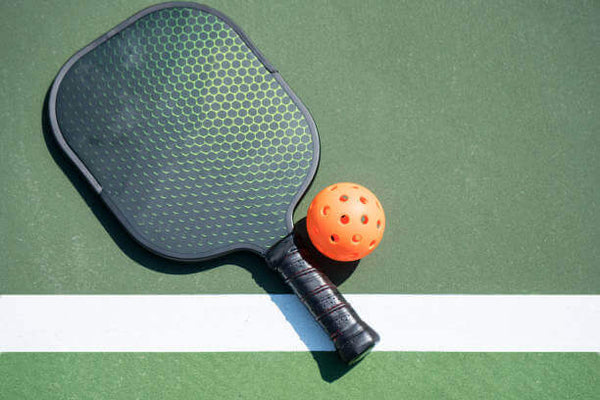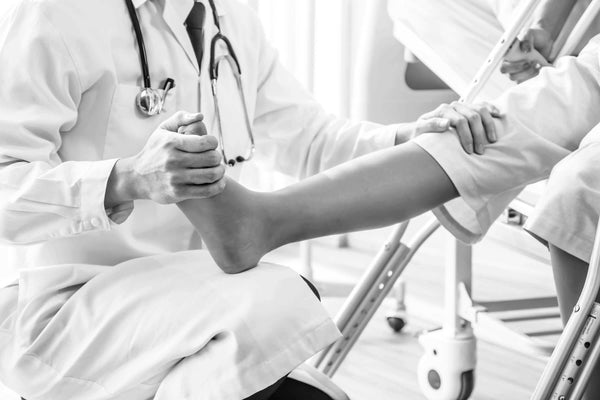The ankle is one of the most vital and often overlooked joints in the human body. Responsible for bearing your weight, stabilizing your movements, and connecting your leg to your foot, it plays a crucial role in everything from walking and running to jumping and balancing. Despite its small size relative to other joints, the ankle is incredibly complex, involving a coordinated network of bones, muscles, tendons, and ligaments. Understanding how it all works can help us appreciate the importance of proper care—especially when injuries or conditions arise.
Whether you're an athlete, a weekend warrior, or someone recovering from surgery or dealing with chronic ankle pain, a better understanding of ankle anatomy can make a significant difference. This knowledge not only empowers you to prevent injuries but also to make informed decisions about recovery and treatment. With common conditions like sprains, fractures, and tendonitis affecting millions of people annually, knowing how the ankle functions and what it needs to heal properly is essential.
In this guide, we’ll break down the key components of ankle anatomy, explain how they work together to support movement and balance, and explore how injuries affect this structure. We'll also discuss how a deeper awareness of your ankle's design can help prevent problems down the road—and how supportive tools like the Vero Ankle® Brace can complement your efforts to stay strong, stable, and injury-free.
The Anatomy of the Ankle: Bones, Muscles, and Ligaments
The human ankle is a complex joint that plays a crucial role in our ability to walk, run, jump, and maintain balance. It forms the connection between the leg and the foot and is designed to withstand high levels of stress and movement. Structurally, the ankle is composed of three bones: the tibia (shinbone), fibula (the smaller bone of the lower leg), and talus (the top bone of the foot that sits between the tibia and fibula).
These bones are stabilized by a network of ligaments, which are strong, fibrous tissues that connect bones to other bones. The major ankle ligaments include the lateral ligament complex (consisting of the anterior talofibular, calcaneofibular, and posterior talofibular ligaments), which supports the outside of the ankle, and the deltoid ligament, which supports the inside. Muscles and tendons surrounding the ankle provide movement and additional support. Key muscles include the gastrocnemius and soleus (calf muscles), which form the Achilles tendon that connects to the heel, and the anterior tibialis, which helps control dorsiflexion (lifting the foot upward).
Together, these anatomical components create a joint capable of complex movements in multiple planes while bearing the weight of the entire body. Disruption to any of these structures can lead to pain, instability, and limited mobility.
How Ankle Joints Facilitate Movement and Balance
The ankle joint functions as a hinge, primarily allowing for dorsiflexion and plantarflexion—upward and downward movement of the foot. However, due to its interaction with surrounding joints like the subtalar joint, it also enables limited side-to-side motion and rotation, contributing to balance and adaptability on uneven surfaces.
Muscles and tendons work in harmony with the joint and ligaments to initiate and control these movements. For instance, when walking, the ankle must not only lift and drop the foot but also adjust dynamically with each step to accommodate changes in surface or direction. Proprioception—the body’s ability to sense movement and position—is heavily reliant on the ankle joint, with receptors in the ligaments and tendons constantly sending feedback to the brain to adjust posture and maintain equilibrium.
When ankle function is compromised, whether through injury or degeneration, balance becomes impaired, increasing the risk of falls and further injury. Tools like the Vero Ankle® Brace can be beneficial in restoring proprioception and stability by providing structured support without overly restricting movement. This makes them especially helpful during the recovery phase or for individuals with chronic ankle instability.
Common Ankle Conditions and Their Impact on Anatomy
Due to its weight-bearing and mobile nature, the ankle is particularly susceptible to a range of conditions that impact its anatomical structures:
When the ligaments are overstretched or torn, most commonly the lateral ligaments, a sprain occurs. This disrupts the natural alignment and support system of the ankle, causing pain, swelling, and limited movement.
Inflammation of the Achilles tendon due to overuse or tight calf muscles leads to stiffness, pain, and reduced push-off power during walking or running. Prolonged inflammation can result in microtears or tendon degeneration.
Degeneration of cartilage between the bones of the ankle joint leads to bone-on-bone contact, pain, and restricted movement. This condition often stems from previous injuries or long-term wear and tear.
Breaks in one or more of the ankle bones compromise the integrity of the joint, requiring immobilization and often surgical intervention. Healing must restore both the alignment and function of the bones and surrounding soft tissue.
Repeated sprains or ligament damage can weaken the support system of the ankle, making it prone to giving out during movement. This condition affects balance and increases the risk of further injuries.
In each of these cases, the ankle’s anatomical integrity is compromised. Bracing can be an essential component of treatment, with products like the Vero Ankle® Brace offering phase-appropriate support and targeted compression to relieve strain and promote recovery without impeding natural movement.
How Anatomy Affects Ankle Injury Recovery
Understanding ankle anatomy is crucial when evaluating injury and developing a recovery plan. Healing isn’t just about time—it’s about ensuring the correct tissues are supported, aligned, and allowed to move appropriately during each stage of recovery.
For example, ligament sprains must be stabilized early to prevent excessive motion that could delay healing. As recovery progresses, regaining range of motion and strength in the surrounding muscles becomes critical to restoring function. Similarly, fractures need to heal with precise alignment to avoid future joint problems like arthritis.
The interplay between bones, ligaments, and muscles during recovery requires a delicate balance between immobilization and activity. Tools like the Vero Ankle® Brace, with its removable stirrups and customizable compression, offer tailored support that can evolve with the injury. This helps patients transition from immobilization to active movement while maintaining the anatomical alignment necessary for full recovery.
The Role of Ankle Anatomy in Athletic Performance
Athletes rely heavily on their ankles for explosive power, agility, and precise footwork. The joint must not only support weight but also absorb impact, redirect force, and adjust rapidly to changes in direction and terrain. All of this requires optimal anatomical function.
When the muscles, tendons, and ligaments surrounding the ankle are strong and coordinated, they enable smooth, efficient movement and help prevent injury. However, even minor disruptions—such as weakened ligaments or reduced proprioception—can hinder performance and increase the risk of sprains, strains, or tendon injuries.
Performance bracing, like the Vero Ankle® Brace, helps athletes maintain anatomical alignment under stress. Its BioMemory™ material mimics natural ligament function, offering dynamic stability without limiting performance. Whether used preventatively or during recovery, the brace helps athletes feel secure in their movements, reducing hesitation and compensatory strain on other joints.
Preventing Ankle Injuries Through Anatomical Awareness
Injury prevention begins with understanding how your ankle works and what it needs to function well. Anatomical awareness empowers individuals to recognize early warning signs of dysfunction—such as instability, reduced flexibility, localized pain, or changes in gait—before they evolve into full-blown injuries. This kind of attentiveness is key to long-term joint health, particularly for individuals who are physically active or have a history of ankle issues.
Preventative care starts with building a strong foundation. Strengthening and conditioning the muscles around the ankle, including the calves and smaller stabilizing muscles in the foot, improves the joint’s ability to absorb force and react quickly to movement. Equally important is maintaining flexibility, especially in the Achilles tendon and plantar fascia, which contribute to ankle mobility and shock absorption. Regular stretching keeps these tissues supple and less prone to strain.
Another critical component is footwear. Shoes that lack support or cushioning can increase the likelihood of missteps or uneven loading on the ankle. Wearing the right shoes for your activity and foot shape can reduce your risk significantly. Likewise, using ankle braces preventatively—especially during high-risk activities or if you've had a previous injury—can provide added protection and peace of mind.
Balance training also plays a vital role. Proprioception, or your body’s awareness of its position in space, often diminishes after an injury. By incorporating balance exercises into your routine, you enhance your body’s ability to detect changes in positioning and respond appropriately—preventing trips, falls, and awkward landings.
The Vero Ankle® Brace can support these prevention strategies by offering lightweight, flexible, and anatomical support that mimics natural ligament function. By aligning with the body's biomechanics, the brace not only protects against injury but also encourages healthy movement patterns. Being aware of how your ankle works—and taking steps to protect it—is one of the best ways to stay active, pain-free, and in control of your mobility.
